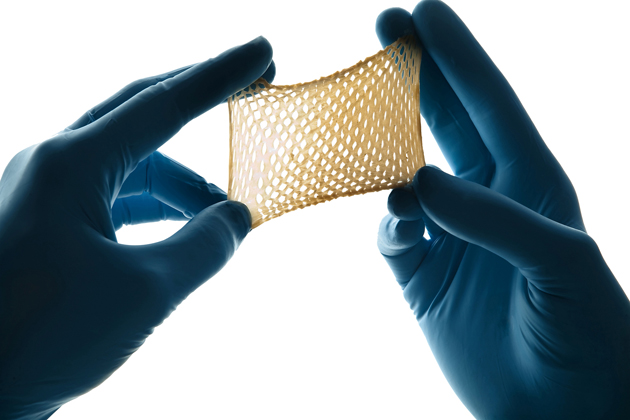Here’s a fascinating perspective on the cost effectiveness of CTPs by Marissa Carter, PhD, who is a well known researcher in the field of wound care. She’s also authored several informative blogs about the origins of COVID-19 and the challenges of developing a vaccine. You can read more about her work here, and find her previous posts here.
–Caroline
Cellular and/or tissue-based products (CTPs) are relatively expensive treatments for chronic wounds. However, if they prevent even more expensive complications (e.g. chronic osteomyelitis, amputations, etc.) then the cost of CTPs is easy to justify. Most randomized controlled trials (RCTs) are relatively short – meaning 12 to 16 weeks. Cost effectiveness models can be used to estimate cost savings, but models limited to the duration of these relatively short trials provide little insight into potential long-term cost savings. (A detailed review published 5 years ago discusses this problem for cost-effectiveness modeling.) The challenge then becomes how to establish whether CTPs reduce the long-term cost of chronic ulcers. And just how long is “long-term” anyway?
Mathematical Models to Estimate Long-Term Wound Outcomes and Cost
To model the cost-effectiveness of CTPs on a single wound, a time horizon of a year is probably the best choice. That is because after 12 months, most wounds that are going to heal will have healed and many of the complications from unhealed wounds will have manifested. However, creating a model that can estimate healing and complications over 52 weeks based on data from only a 12-week study is complicated. In the absence of RCTs with follow-up times of a year or more (which are rare), the best method is to find a large observational study with data available after 1 year of standard of care (SOC) treatment and attempt to match those patients to the CTP study population. This is essentially what was done in the Markov Microsimulation of Amnioband (dHACA) versus SOC. One can think of it as a form of external model calibration in which the key parameters—healing, amputations, and so forth—derive their values at 1 year from the observational study. Then it is a simple matter to calculate the necessary cycle probabilities of these events beyond 12 weeks. The downside to this approach is that the population match won’t be perfect and so there is some uncertainty about the final results. Comprehensive sensitivity analysis can provide some idea of what happens when assumptions are in error.
Another method is to use the 12-week data in terms of probabilities for key parameters to directly extend out to 1 year; for example, fitting a mathematical expression to healing data. This is essentially what we did in exploring the cost utility of BlastX, a biofilm disruption agent, because a match to other studies involving chronic wounds could not be found. The mathematics were particularly convoluted due to the small sample size of the original RCT. Consequently, there was a great deal of uncertainty of the results. For RCTs with large sample sizes (≥200) this method would likely work much better.
Applying Microsimulation to Wound Care
Microsimulation, which is rarely done in wound care, offers several advantages compared to standard Markov models. First, the health states that a wound care experience can be tracked over time. In other words, the model “remembers” from cycle to cycle what happened to the wound. This is useful because we could set limits to the number of times that a wound experiences a particular event and even use that parameter to trigger other cost or health consequences. As an illustration, one could control anticipated wound recurrence or infections, although doing so requires sufficient data from the literature to model it. Second, one can program population characteristics to follow particular patient subsets or to define what happens to them. One could thus, in theory, take a patients’ age or time they have had a comorbidity such as diabetes, to modify what happens over longer periods of time in terms of mortality, new wound development, or wound complications, or model the consequences of progressive amputations. Having discovered microsimulation several years ago, I am reluctant to go back to simple Markov modeling. It would be like going back to a Walkman once I had acquired an iPod.
The fact remains that we need more data on the long-term natural history of wounds treated with SOC and longer follow up of subjects enrolled in RCTs if we are to estimate the cost-effectiveness of CTPs with any accuracy.

Dr. Fife is a world renowned wound care physician dedicated to improving patient outcomes through quality driven care. Please visit my blog at CarolineFifeMD.com and my Youtube channel at https://www.youtube.com/c/carolinefifemd/videos
The opinions, comments, and content expressed or implied in my statements are solely my own and do not necessarily reflect the position or views of Intellicure or any of the boards on which I serve.



